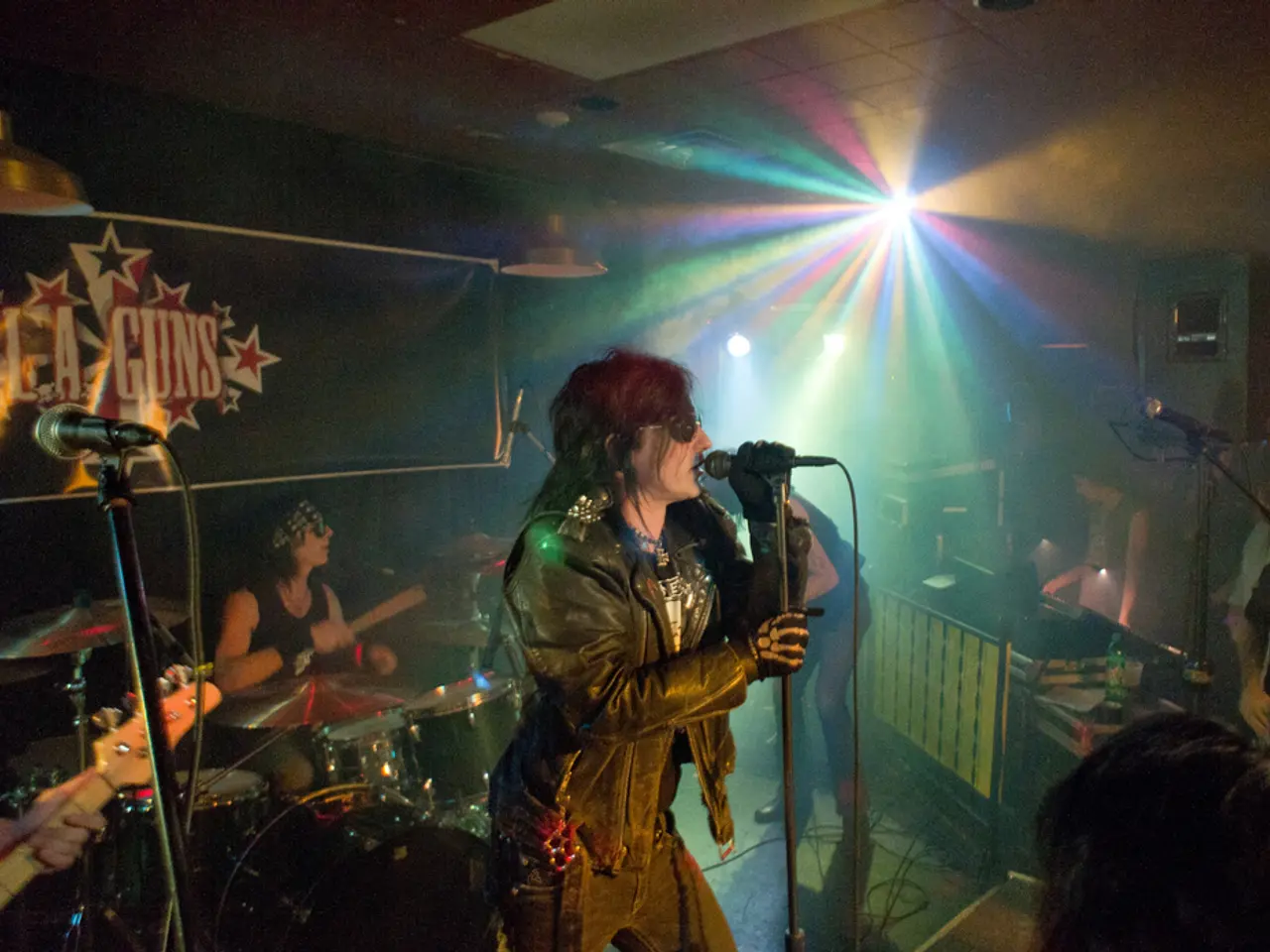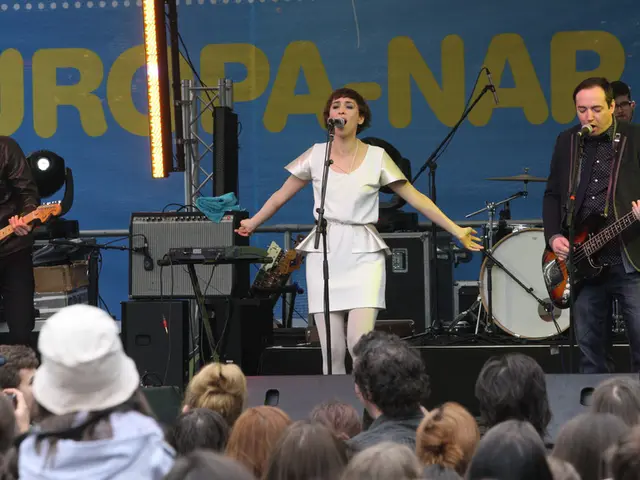Exploring the Secret History of the Famous NYC Nightspot, Copacabana - Managed by the Mafia
The Copacabana nightclub, a legendary establishment that opened its doors in 1940, has a rich and intriguing history intertwined with organized crime in New York City.
Historical Background
Originally backed by Broadway impresario and press agent Monte Proser, the Copacabana was widely known to have significant financial support from Mafia boss Frank Costello. Costello played a pivotal role in the club's establishment and operation, although his involvement was not openly acknowledged. Jules Podell, a tough-talking operator with a criminal past, was installed by Costello to manage the frontline operations.
Cultural Impact
During its heyday, the Copacabana became a popular haunt for both celebrities and mobsters. Its association with organized crime figures was well-documented, with the club serving as a venue where underworld figures could mingle with high society. This darker reality was immortalized in Barry Manilow's song "Copacabana (At the Copa)," while the club's allure and the influence of organized crime in the lives of its patrons were showcased in films like Martin Scorsese's "Goodfellas."
Legacy
Despite its mafia ties, the Copacabana remains a cultural icon, symbolizing the glamour and allure of New York City's nightlife during the mid-20th century. Its legacy continues through its depiction in popular culture and its enduring appeal as a symbol of the city's vibrant past.
The Copacabana debuted Motown acts like The Supremes, Martha and the Vandellas, and Marvin Gaye in 1965. It served as a breakthrough venue for numerous up-and-coming and established entertainers such as Frank Sinatra, Sammy Davis Jr., Nat King Cole, Jimmy Durante, Perry Como, Peggy Lee, Dean Martin, and Jerry Lewis, among others, between the 1940s and 1960s.
However, the club's history was not without controversy. An infamous race-related incident occurred in 1957 at the Copa, involving drunk audience members heckling Sammy Davis Jr. and a physical altercation between the audience and the New York Yankees players, including Mickey Mantle and Billy Martin.
Harry Belafonte was initially barred from the Copacabana due to its "no Blacks" door policy, which was later changed due to Monte Proser's urging. Albert Anastasia, another gangster, was also welcome at the Copa.
The Copacabana temporarily shut down after Jules Podell's death in 1973. The club reopened in 1976 during the disco era, and Barry Manilow recorded a hit song "Copacabana (At The Copa)" and a made-for-TV movie set at the club.
The Copacabana moved locations twice, first in 1992 to 617 West 57th Street, and then in 2001 due to the termination of the building's lease. Construction of the New York City subway's 7-Line in 2007 forced the club to relocate, and it remained closed for four years.
Today's Copacabana is overseen by Ruben Rubin Cabrera and is located in Hell's Kitchen, with more in common with its late '70s disco revival than its '40s golden years. Despite the changes, the Copacabana's history and legacy continue to captivate and intrigue, offering a window into a bygone era of New York City nightlife.
[1] Smith, A. (2016). The Copacabana: A History of New York City's Most Famous Nightclub. New York: St. Martin's Press. [2] Scorsese, M. (Director). (1990). Goodfellas. Universal Pictures. [3] Manilow, B. (1978). Copacabana (At the Copa) [Song]. From the album Copacabana. Arista Records.
- The Copacabana, a renowned New York City nightclub established in 1940, bears a history deeply intertwined with organized crime, specifically Mafia boss Frank Costello.
- During its prime, the Copacabana was frequented by celebrities and mobsters alike, its connection to the underworld serving as a backdrop for high society interactions.3.
- This unique culture, embodying the glamour of mid-20th century New York City nightlife and the influence of organized crime, has been immortalized in popular culture, including Barry Manilow's "Copacabana (At the Copa)" and Martin Scorsese's "Goodfellas."
- The Copacabana's legacy extends beyond organized crime, as it debuted Motown acts like The Supremes and Marvin Gaye in the 1960s and served as a launchpad for numerous entertainers such as Frank Sinatra and Sammy Davis Jr.
- However, the Copacabana's history is not without controversy, including an infamous race-related incident in 1957 involving Sammy Davis Jr. and a physical altercation with the New York Yankees.
- The Copacabana has moved locations multiple times, most recently in Hell's Kitchen, and while it evolved in the disco era, its rich history and captivating legacy continue to intrigue, offering a glimpse into a bygone era of New York City nightlife.




